Explore Castles and Their Haunting Ghosts
Castles and other extreme ways of living intrigue us also because we cannot understand how their inhabitants managed to live there. I collected here some facts about the life of the castle owners
“The castle is a container of memories that recovers the past and projects us towards the future.” R.Maestri of the Marquises of Monferrato

To shock you with the numbers:
Valle d'Aosta is the smallest but most fortified region in Italy. It is said that there are 120 castles there. I don't know if this number includes fortified houses (casa forte) and other fortifications, but the figure is impressive. The nearby region, Piedmont, has a province of Alessandria where there are 258 entire castles, castles in ruins, in trace, and memory. The intact castles are 42. In all the region there are 526 castles.
I've been interested in castles for a long time. I read the documents concerning the Lombards, and the Normans, and wanted to imagine their life. We think of the Middle Ages with a veil of romanticism. The brave knights, the beautiful ladies… Life probably wasn't romantic, at least how we dream it.

About the battles: Many armies were forced to abandon the siege not because they were defeated, but because the soldiers were dying of… diarrhea. The soldiers didn't care much about hygiene. They did their business right where they were stationed. Now imagine 10-40,000 men around a castle. Plus the people who accompanied them — sellers, suppliers, women. Hats go up in my head when I imagine the situation and the smell in the area.
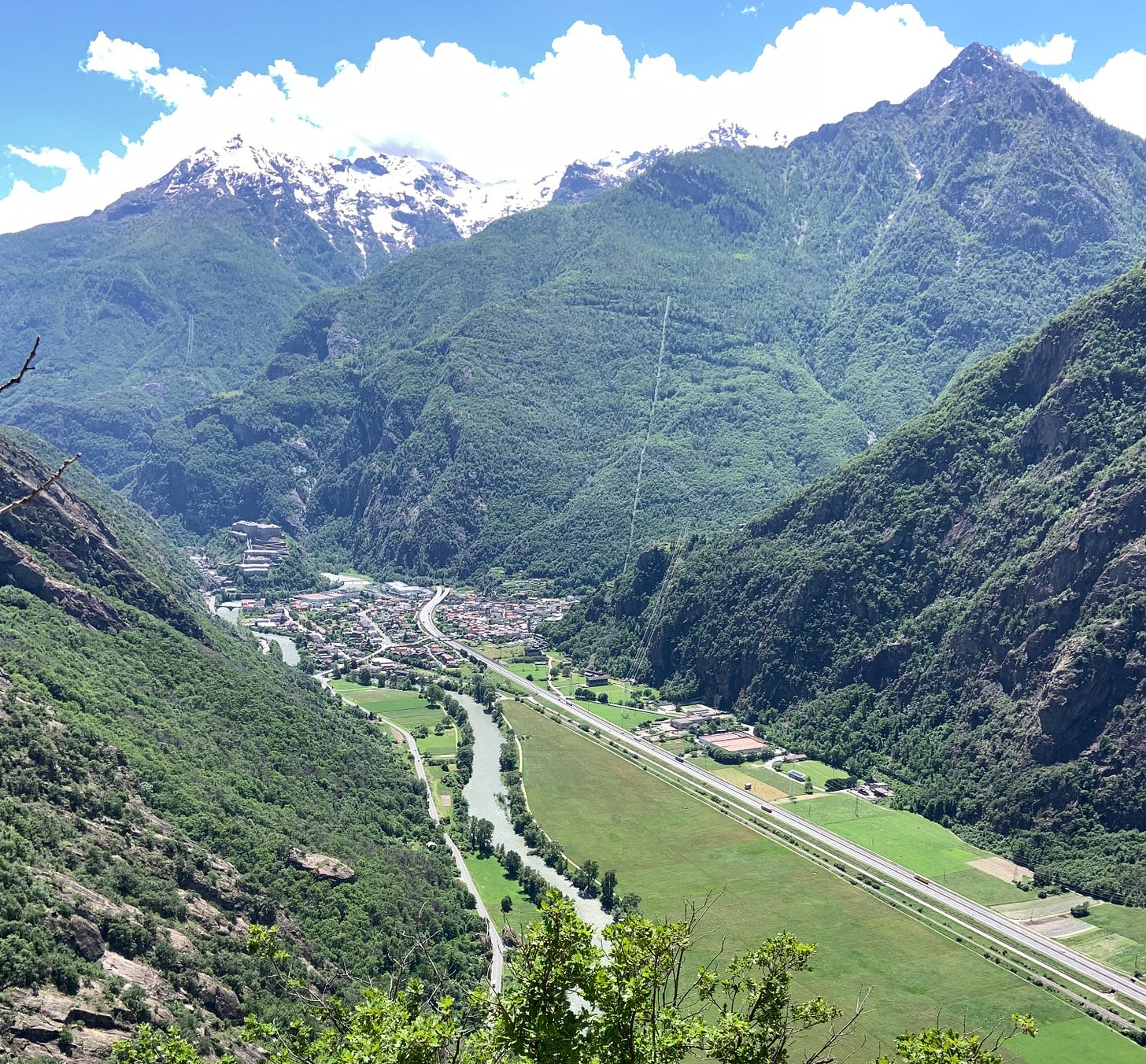
Read my articles about the Fort of Bard:
Stunning Fort of Bard: A Journey through Napoleon's Passage
Memories Of The Passage Of Napoleon's Troops Along The Fort Of Bard
Sponsored Content
Thank you to this week’s sponsor for keeping this letter free for everyone
But the castles where I went this time perhaps never really served to protect the territory from the enemies. On the contrary.
Now I'll tell you about them.
These two castles are located in Valle D'Aosta not far from Montjovet. They were on the rocks and dominated small villages near the only road that passed through the valley, the Roman Road of the Gauls.

Local lords collected tolls, and since their villages were located right next to each other, they demonstrated their strength by building their fortresses. The lords in the Middle Ages were known for their cruelty towards all those who they didn't like.
They could for example steal a neighbor (or even a girl from the village). They could hide him in the castle, torture him, wall him up in a room, or leave him forever in the castle well occasionally bringing him food and drink. The fate of the unfortunate person sometimes could be discovered only in our times (as happened in the castle of Roppolo).
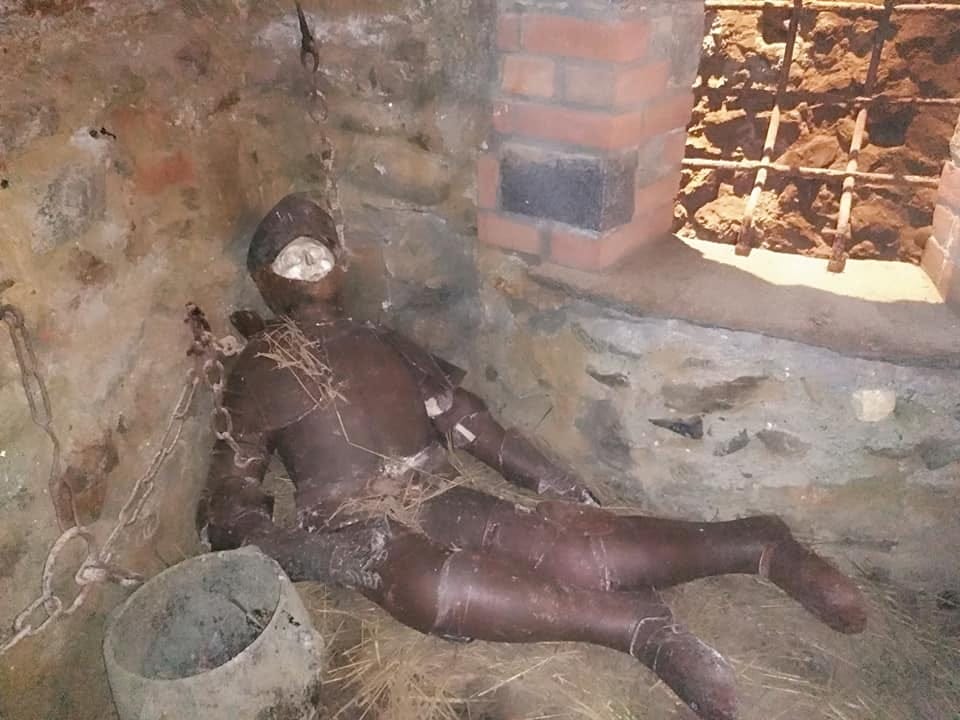
The castle of Chenal is small, there is a fence closing the entrance, so I could not enter inside it. It’s curious, but the castle has only 3 walls. One side is a high vertical wall of the rock (photos 1 and 7👇🏻).









It is very interesting that prehistoric people's paintings were found on the stones around the fortress. Unfortunately, I only found paintings of their stupid descendants.
The church and the castle of Saint Germain impress you just when you get closer to them. This is because they are on a rock that most resembles a spur.
This castle is perhaps the largest in the Valley, even if it seems to me that this is not the case. But perhaps the largest primitive castle (the oldest type of Aosta Valley castles). The last garrison left here in 1661 and moved to Bard.
They say that Ibleto di Challant held the bishop of Vercelli prisoner for a year in this very castle because Savoy wanted the bishop to renounce a town of Biella they wanted to own (both portraits are from Wikipedia)

Have you ever thought how big the castle garrisons were? There were 10 men in this castle.






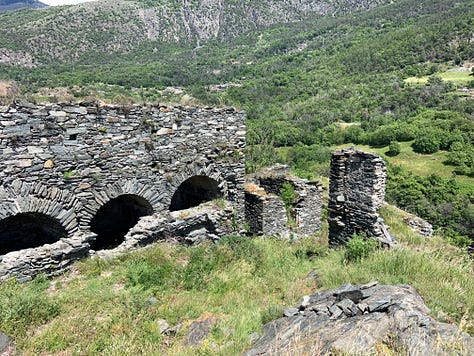


I continued exploring the castle of Saint-Germain, captivated by its history and architectural details. The day was splendid; the sun shone warmly over the ancient stones. As I wandered through the castle, I marveled at its size and the strategic advantage it must have provided to its former inhabitants. The thought of a bustling garrison of ten men defending this fortress centuries ago painted a vivid picture in my mind.
One particular area that caught my attention was a small square just outside the castle walls. It seemed frozen in time, with three spots designated for cannons, remnants of a bygone era. Despite the passage of centuries, the place exuded a sense of history and resilience.
Amidst the rugged beauty of the castle, I noticed a peculiar window in the external wall. Its design seemed out of place compared to the others, leading me to speculate about its purpose. Considering the age of the wall, dating back to the 10th or 12th century, I couldn't shake the notion that it might have been a primitive toilet. Do you think I'm right? (photos 2-5 👇🏻)
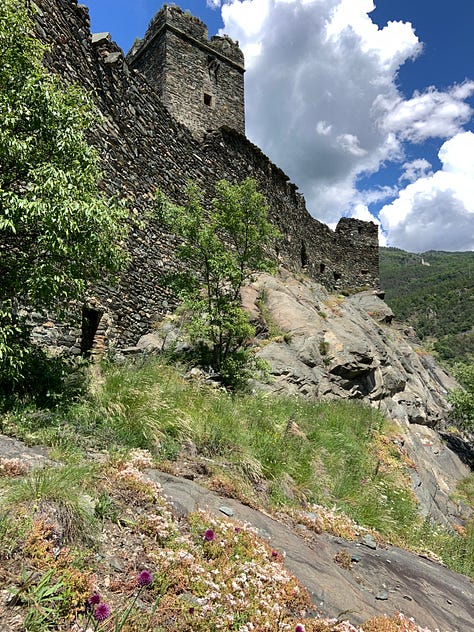






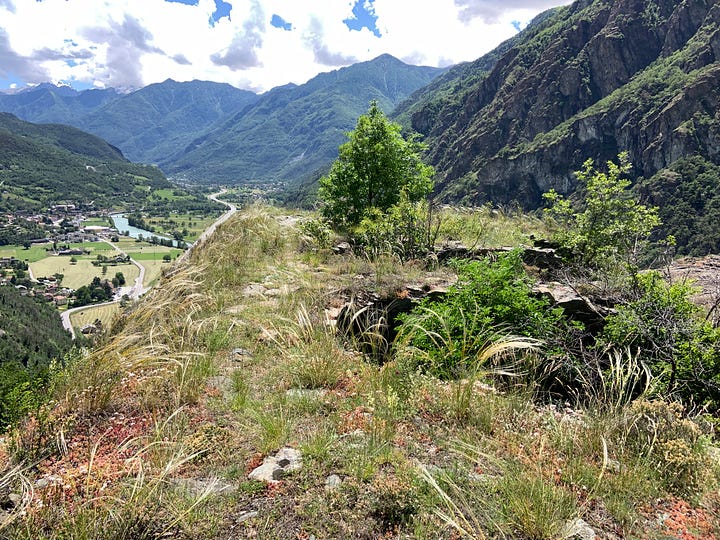
The wind whipped around me, tugging at my clothes as I stood gazing at the ancient walls and imagining the lives that once thrived within them. Despite the strong gusts, I found myself reluctant to leave, captivated by the castle's history and the stories etched into its very stones.
At that moment, surrounded by the echoes of the past, I felt a deep connection to the soul of this formidable structure and the people who had inhabited it long ago. I hope I have conveyed my impressions to you.
Did you enjoy this article? I would be very grateful if you click on the button ⬇︎ and share it with your friends.
Write me if you have questions, and I’ll be happy to answer.
Sponsored Content
Thank you to this week’s sponsor for keeping this letter free for everyone
Learn how to get your local business ranked #1 on Google














I enjoyed this post! I've always been fascinated by castles.